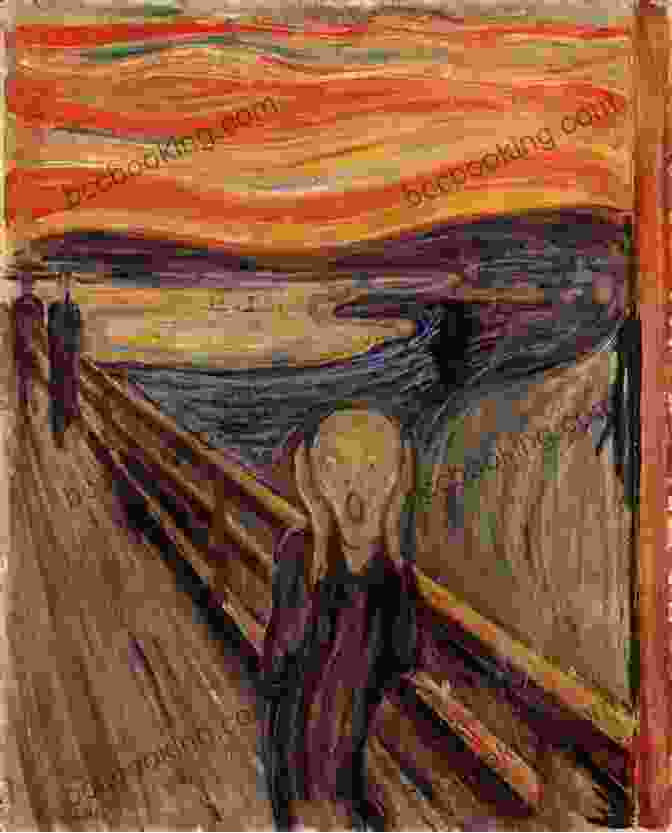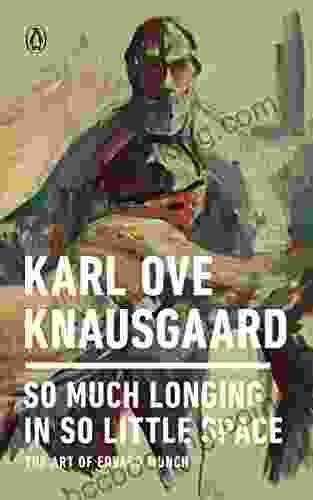Edvard Munch: A Pioneer of Expressionism and Symbolism

4.5 out of 5
| Language | : | English |
| File size | : | 16300 KB |
| Text-to-Speech | : | Enabled |
| Screen Reader | : | Supported |
| Enhanced typesetting | : | Enabled |
| Word Wise | : | Enabled |
| Print length | : | 252 pages |
Edvard Munch (1863-1944) was a Norwegian painter and printmaker whose evocative and angst-ridden works made him one of the most influential artists of the late 19th and early 20th centuries. His bold use of color and expressive brushstrokes, combined with his exploration of psychological themes, played a pivotal role in the development of Expressionism and Symbolism in modern art.
Munch was born in Løten, Norway, on December 12, 1863. His childhood was marked by tragedy and illness, including the loss of his mother and sister to tuberculosis. These experiences left a profound impact on his psyche and would later find expression in his art.
Munch began his artistic training at the Royal School of Art and Design in Oslo in 1881. He quickly became known for his innovative and unconventional style, which challenged academic conventions and embraced the emerging aesthetics of modernism.
The Scream: Munch's Most Iconic Work
Munch's most famous painting, "The Scream" (1893),is an iconic representation of existential angst and the human condition. The painting depicts a figure with its mouth agape in a primal scream against a swirling, vibrant background. The work has been interpreted as an expression of Munch's own psychological struggles, as well as a reflection of the anxieties and uncertainties of the modern age.

"The Scream" has been widely reproduced and has become one of the most recognizable and enduring works of art in Western culture. It is a testament to Munch's ability to capture the universal themes of human emotion and vulnerability.
Expressionism and Symbolism in Munch's Art
Munch's art is characterized by its expressive use of color, line, and brushwork. He combined elements of Post-Impressionism with Symbolism to create works that were both visually striking and deeply symbolic.
Munch's paintings often explored themes of love, loss, anxiety, and the human psyche. He used bold colors and contorted figures to convey the raw emotions and inner turmoil of his subjects.
Symbolism played a significant role in Munch's art. He often used objects, colors, and gestures to represent deeper psychological and emotional states. For example, the spiraling staircase in his painting "Anxiety" (1896) symbolizes the psychological torment and instability that he felt.
Influence and Legacy
Edvard Munch had a profound influence on the development of modern art. His expressive style and exploration of existential themes paved the way for German Expressionism and other modernist movements.
Munch's work has been exhibited in museums and galleries around the world. The Edvard Munch Museum in Oslo, Norway, houses the largest collection of his paintings and prints.
Edvard Munch's art continues to resonate with audiences today. His ability to capture the complexities of the human condition and express them through expressive and symbolic forms has secured his place as one of the most important artists of his time.


























































































